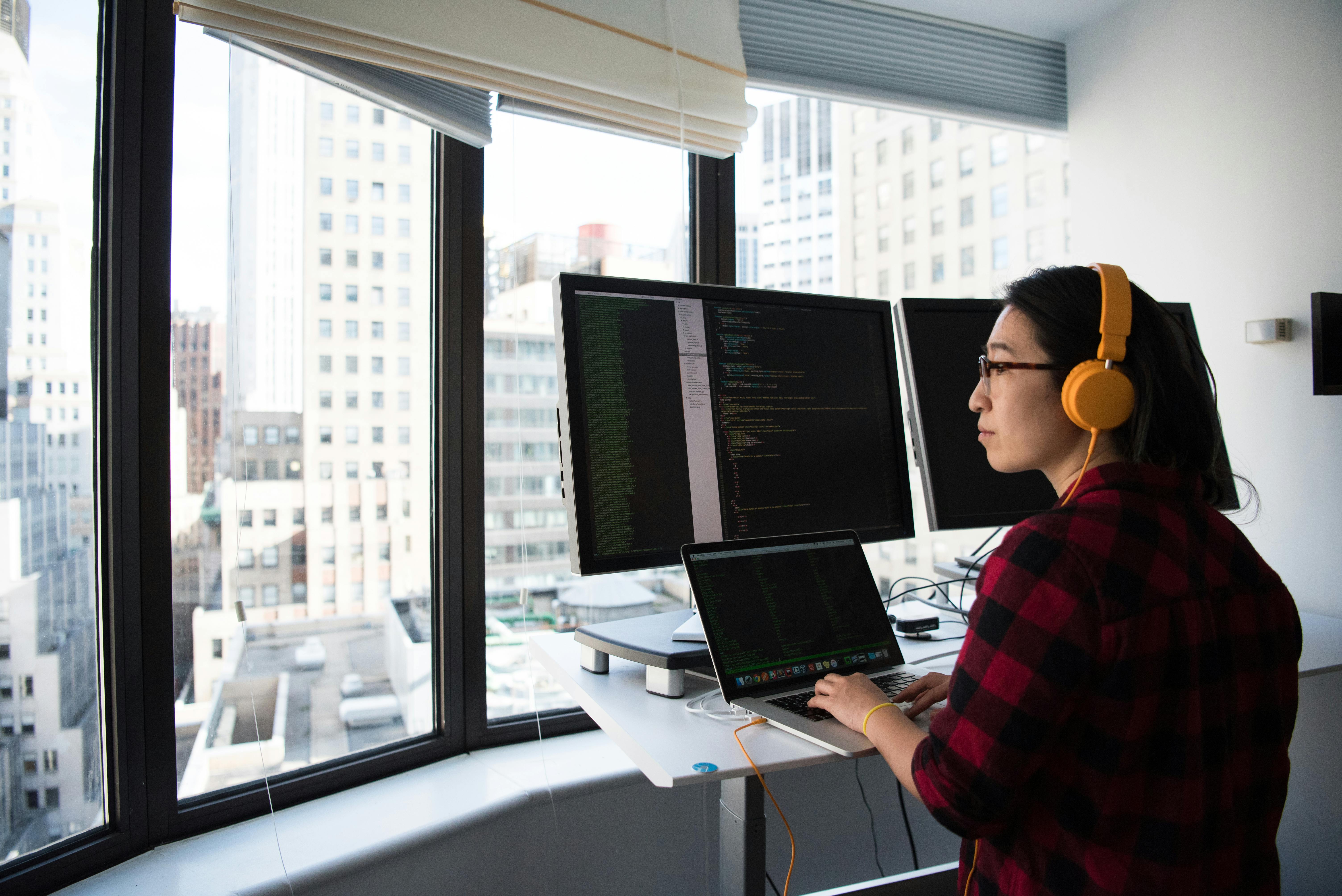Why breaking your posture is the key to musculoskeletal health
The rise in health concerns linked to prolonged sitting has made standing desks popular for workplace ergonomics. While standing desks can reduce some risks of sitting all day, standing still for long periods can strain your body, particularly your legs, lower back, and feet. The real solution lies in regularly breaking your posture. Moving around every 30–60 minutes, whether sitting or standing.
Choosing your standing desk
- Height adjustability:
- The best standing desks allow you to switch between sitting and standing positions easily. Ensure the desk adjusts so your elbows are at a 90-degree angle when typing and the top of your screen is at eye level.
- Stability:
- A stable desk is essential to avoid wobbling or shaking, especially at higher heights. Test the desk’s sturdiness before purchasing.
- Size and workspace area:
- Your desk should have enough space for your computer, documents, and ergonomic accessories while keeping your workspace organized.
- Ease of adjustment:
- Electric desks make transitioning between heights simple and smooth. Manual adjusters may work too, but they can be more effort to operate.
- Ergonomic accessories:
- Complement your setup with tools like an adjustable monitor stand to ensure your screen is positioned at eye level, reducing strain on your neck.
How to use your standing desk effectively
1. Movement is the most important thing
- Avoid standing still: Standing in one position for too long can lead to muscle fatigue, joint discomfort, and swelling in your legs and feet.
- Break your posture: Move around every 30–60 minutes—walk, stretch, or shift your weight. This is the most critical step for preventing musculoskeletal issues, no matter your desk setup.
2. Alternate between sitting and standing
- Balance is key: Alternate between sitting and standing throughout the day. Aim for intervals like 30 minutes of sitting followed by 30 minutes of standing. This balance reduces the strain associated with either posture.
- Use a timer: Set reminders to change positions regularly to keep your body engaged and prevent stiffness.
3. Ease into standing:
- If you’re new to standing desks, start with short standing intervals (e.g., 10 minutes per hour) and gradually increase. This prevents fatigue and allows your body to adapt.
Why movement matters more than standing or sitting
Sitting all day can increase your risk of back pain and other health issues, but standing all day has its problems, like leg fatigue, foot pain, and even varicose veins. The solution isn’t about choosing one position over the other—it’s about regularly changing positions to prevent prolonged stress on any one part of your body.
Movement promotes circulation, keeps muscles active, and reduces the risk of stiffness or strain. Incorporating small, frequent changes in posture creates a more dynamic and healthier work environment.



